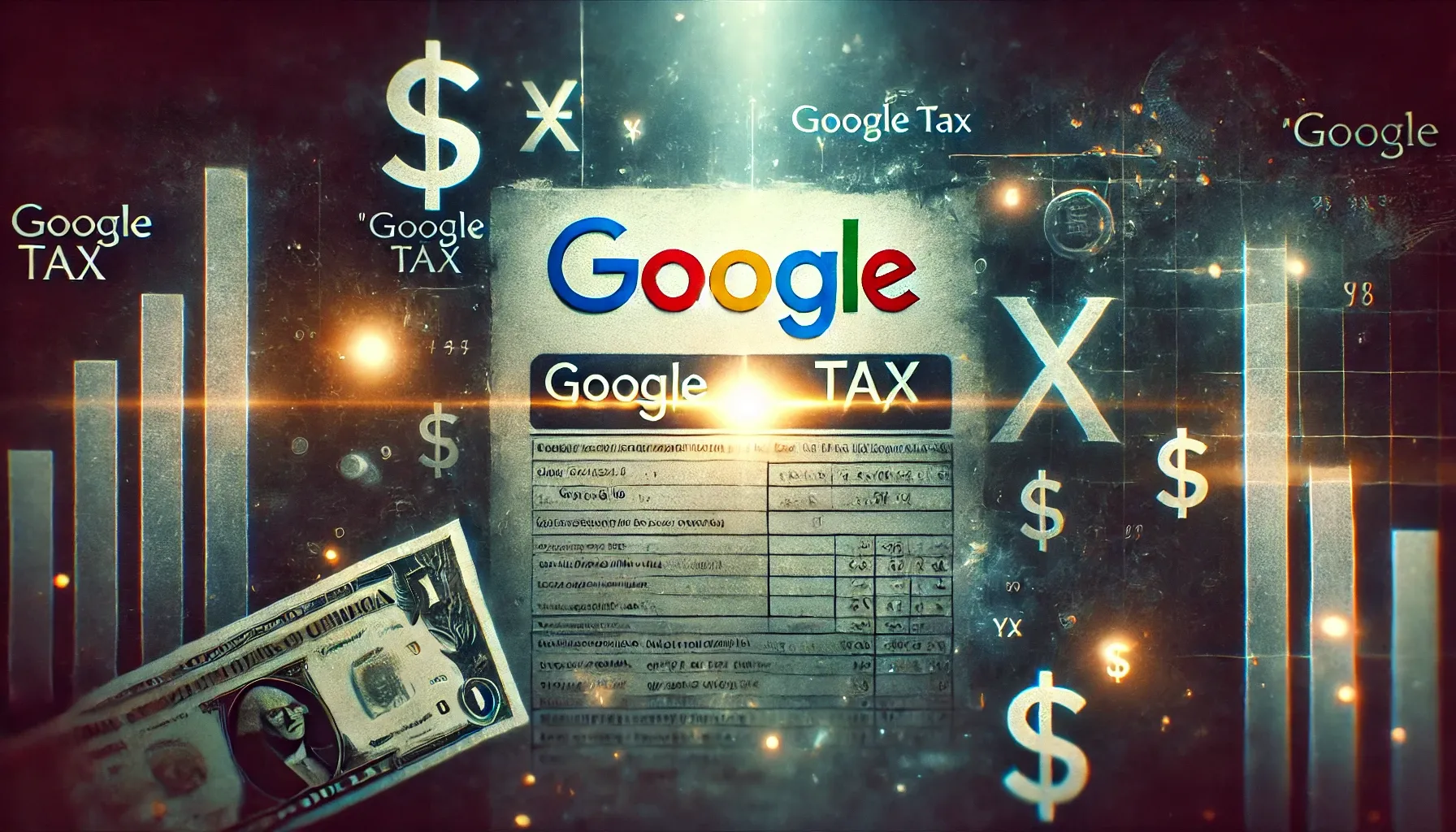UPSC
Exam Nugget
Google Tax: India’s Digital Levy Shift
Last Updated
27th March, 2025
Date Published
27th March, 2025
Share This Post With Someone

Context:
Published on March 26, 2025, in The Indian Express, this article examines the significance of India’s Equalisation Levy (EL), dubbed the “Google Tax,” and its proposed abolition by April 1, 2025, as part of the Financial Bill, 2025. Amid U.S. pressure and global tax reforms, the piece explores the levy’s evolution, economic implications, and alignment with international frameworks, offering critical insights into digital taxation as of March 27, 2025.
Key Information Points:
- Introduction of EL: Launched in 2016 under the Finance Act, the Equalisation Levy initially imposed a 6% tax on online advertisement services by non-resident digital firms earning over ₹1 lakh annually from India-based entities.
- Expansion in 2020: Extended to a 2% levy on e-commerce transactions by non-resident firms with a turnover exceeding ₹2 crore, broadening its scope to digital commerce.
- Revenue Impact: By 2025, EL collection reached ₹4,000 crore annually, targeting profits of tech giants like Google, Meta, and Amazon operating in India’s digital space.
- Purpose: Designed to tax foreign digital companies with no physical presence in India, ensuring they contribute to the economy where they generate revenue.
- U.S. Pressure: In response to President Donald Trump’s reciprocal tariff threats, India proposed scrapping the 6% EL on digital ads effective April 1, 2025, via the Financial Bill, 2025.
- Global Tax Alignment: The move aligns with the OECD’s two-pillar tax reform, shifting from gross revenue taxes to profit-based taxation under Pillar One, potentially softening U.S. trade stances.
- Pillar One Framework: Allows nations to tax multinational corporations (MNCs) based on local profits; India’s adoption could replace EL with a more equitable system.
- BEPS Connection: EL and Significant Economic Presence (SEP) rules align with the OECD’s Base Erosion and Profit Shifting (BEPS) Action Plan, targeting tax avoidance by MNCs shifting profits to low-tax regions.
- BEPS Action 1: Addresses digital economy taxation challenges, suggesting EL as an interim measure until a global consensus is reached.
- SEP Rule: Introduced in 2016, it deems a non-resident entity with significant digital presence in India (e.g., ₹2 crore revenue or 2 lakh users) as taxable, complementing EL.
- Proposed Abolition: The 2% e-commerce EL was withdrawn in August 2024, with the 6% ad levy set to end by April 2025, signaling a shift to OECD’s framework.
- Economic Trade-Off: Abolishing EL may reduce costs for tech firms, potentially strengthening India-U.S. trade ties, but risks losing ₹4,000 crore in annual revenue unless offset by Pillar One gains.
- Historical Context: A 2018 question tested knowledge of EL’s tax credit eligibility under Double Taxation Avoidance Agreements, highlighting its relevance in exams.
Key Terms:
- Equalisation Levy (EL): Tax on digital services by non-resident firms to ensure fair taxation in India.
- Google Tax: Informal name for the 6% EL on online ad services targeting tech giants.
- BEPS: Base Erosion and Profit Shifting, an OECD plan to curb tax avoidance by MNCs.
- Pillar One: OECD framework allowing taxation of MNC profits based on local revenue.
- Significant Economic Presence (SEP): Rule taxing non-residents with substantial digital activity in India.
- Digital Economy: Economic activity driven by digital platforms and services.
- Double Taxation Avoidance Agreement: Treaty preventing income taxation in two countries.
Link To The Original Article – https://indianexpress.com/article/upsc-current-affairs/upsc-essentials/knowledge-nugget-google-tax-upsc-equilisation-levy-el-digital-9907645/